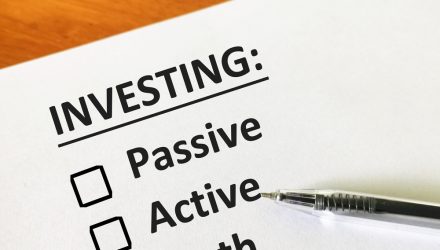What do passive ETFs really do? Many investors are used to the comfort of simply allocating to a big index and almost forgetting about it, only checking in every so often. Passive strategies have their merits, but they do invite questions about process. Whether it’s business or sports, a honed, well-crafted process can be worth quite a lot. In the ETF landscape, it’s active ETFs that may offer more from a process-oriented perspective than their passive counterparts.
See more: Exchange: T. Rowe Price’s Veiel to Join “Beyond the Magnificent Seven” Panel
What exactly does process entail for the purpose of comparing passive and active ETFs? Consider how a baseball team might look at players. Choosing players to bring to a team solely based on the most basic stats like position or home runs might miss out on the player’s actual story. At the same time, an approach that’s too ad hoc could limit a team’s ability to look back at what part of their recruitment went wrong.
Passive vs. Active ETFs
Instead, a team may construct a heuristic that decides which data points matter most and then how they will weight those data points in adding or removing players. Building a heuristic and deciding which data points are most important therein, then acting on it in a consistent manner, introduces more stability and an ability to iterate on that process and make it better over time.
That comparison reflects passive and active ETFs, to some degree. Passive ETFs often lean on big indexes that, first and foremost, invest according to big categories. An index’s owners may design it to just look for large cap foreign tech firms and maybe also screen for broad attributes like top line earnings. Given that indexes update on pretty long timeframes, they may not even be able to stick to their categories as well as they’d want.
Perhaps most concerning, however, is the distance between a passive ETF’s managers and the index owners. It is not always the case that passive ETF issuers work closely with the designers behind its index. That detaches one part of the passive ETF investment process from the other, which is worth noting as a possible concern.
By contrast, active ETFs may offer much more sound investment processes overall. Active strategies often lean much more on fundamental research, with many firms bringing a house view on the importance of some metrics compared to others.
At the same time, active managers don’t need to coordinate with index operators, offering instead flexibility to adjust and iterate on an inherent focus on fundamentals, for example, over time. Taken together, active strategies continue to retain a significant appeal as a category dominated by intensive, process-oriented investors.
For more news, information, and strategy, visit the Active ETF Channel.








